Great Design Plant: Wildlife-Loving Dwarf Fothergilla Blazes in Fall
http://decor-ideas.org 08/23/2013 10:10 Decor Ideas
My property is certified as a wildlife habitat by the National Wildlife Federation, and many of the plants in it attract beneficial pollinators and support insect larvae. One of the standouts is native fothergilla, a shrub that isn't widely used but should be.
It's widely adaptable to site conditions, and just knowing it's in my garden makes me feel like I'm doing my part in a suburban landscape to support biodiversity. Birds love the cover the shrubs provide in the mixed border, and I get to watch the foliage put on a spectacular show at summer's end.
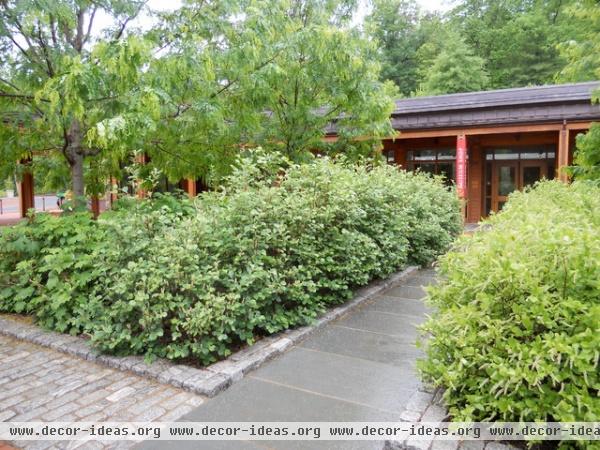
Botanical name: Fothergilla gardenii
Common name: Dwarf fothergilla
Origin: Native to the southeastern United States
Where it will grow: Hardy to -20 degrees Fahrenheit (USDA climate zones 5 to 8; find your zone)
Water requirement: Medium
Light requirement: Full sun to partial shade
Mature size: 3 feet tall and spreading to 4 feet wide
Benefits and tolerances: Wet conditions; disease and pest resistant
Seasonal interest: Summer and fall
When to plant: Anytime
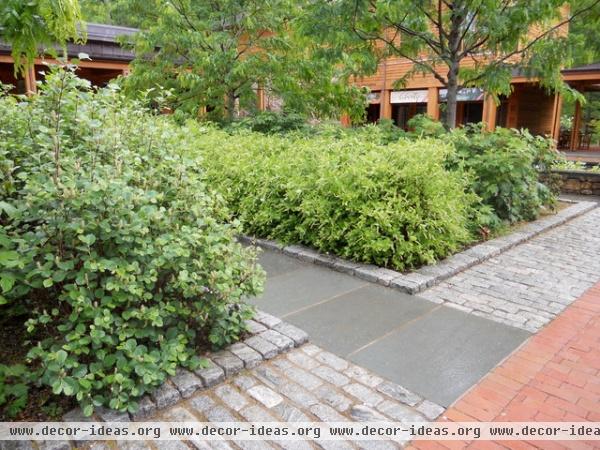
Distinguishing traits. Multistemmed shrubs form mounding clumps with a slow rate of growth. They produce fragrant bottlebrush flowers in early summer and possess outstanding fall color. Dwarf fothergilla is disease and pest resistant and is a U.S. native.
Here dwarf fothergilla is planted with summersweet (Clethra alnifolia) and oakleaf hydrangea at the new Thomas Jefferson Visitor Center at Monticello, near Charlottesville, Virginia.
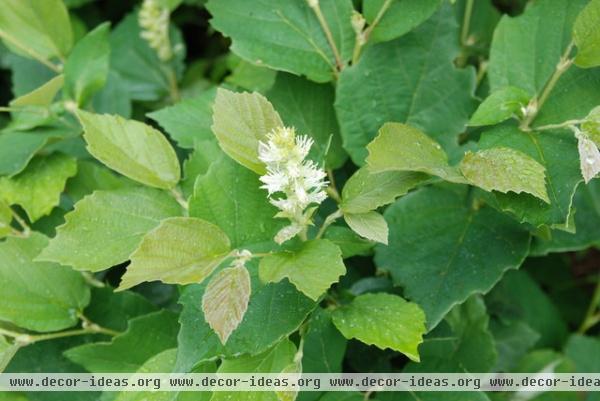
Popular cultivars include 'Mt. Airy' and 'Blue Shadow'.
'Mt. Airy' is by far my favorite and has the best fall color. It's slow growing and has a good branching structure; shrubs flower in early June in Vermont, around the same time as peonies, and the honey-scented spikes smell heavenly. During summer the plants provide a solid mass in a mixed border; it isn't until the first frosts hit that they begin to blaze.
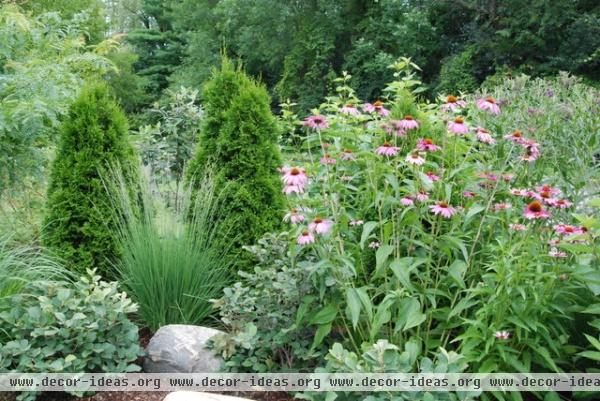
How to use it:
In a mixed borderAs a foundation plantingNear a woodland edgeTo provide a habitat for wildlifeIn my mixed border I've put dwarf fothergilla in front of cedars to get contrast later in the season. The evergreens form a backdrop for the colorful show that will start with the first light frosts.
For a wildlife habitat, combine it with fruiting viburnums, aronia and 'Winter King' hawthorne. Add coneflowers or Joe Pye Weed to attract birds and butterflies.
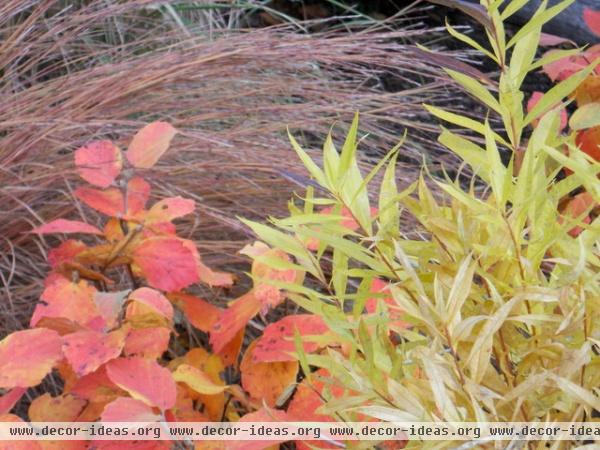
This is easily one of the stars in the fall landscape, matched by only a few other plants. Put the shrubs in a place where they'll take center stage, and you can enjoy their beauty till the end of the season.
Line a walkway or plant a grouping in a naturalistic border with other notable natives, like bluestar (Amsonia spp) and little bluestem grass. It also makes a good companion plant to Virginia sweetspire (Itea spp).
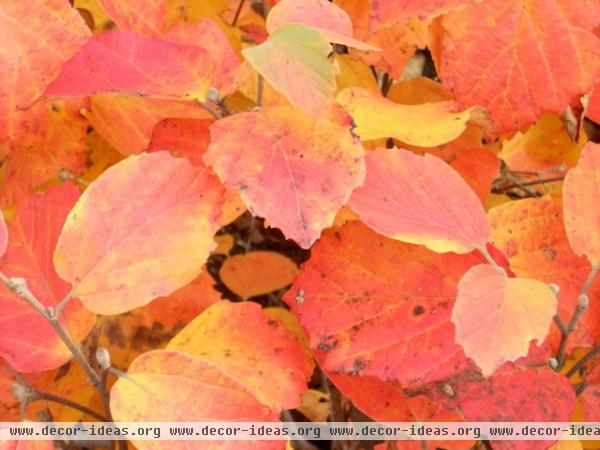
Planting notes. Native to the southeastern U.S., dwarf fothergilla is widely adaptable but prefers moist to wet soils in full sun. It spreads by root suckers to form colonies; remove the suckers to maintain a compact habit.
The foliage turns bright orange and scarlet when everything else has gone. The color is simply outstanding.
Related Articles Recommended












